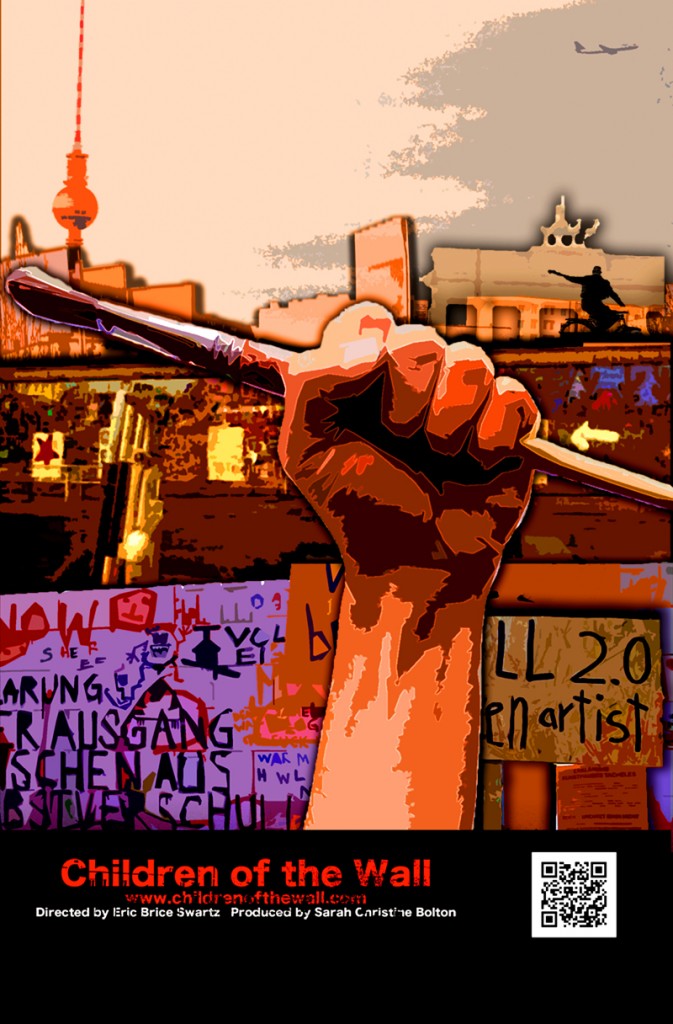About the Film
Twenty-one years ago, the Berlin Wall fell, ending nearly thirty years of division in Germany and setting in motion great cultural change. Long a symbol of communism and oppression to the outside world, the Berlin Wall came to define Germany, like much of the country’s tumultuous history. When it fell, two worlds confronted each other in the space left behind.
Children of the Wall is a documentary film project that explores, through the eyes of the artists living and working in the city today, the creative explosion that occurred in the years following the fall of the wall and the movement of artists, both physically and creatively, into the void left behind.

Berlin, Germany is a city that arose out of the ashes of the cold war to become one of the world’s creative and artistic capitals. Now, the future of the city is uncertain, as the artists who once made Berlin into what it is are threatened by the overwhelming tide of development and gentrification.
More than 20 artists, including visual artists, musicians, street performers, photographers, filmmakers, singers, writers, a raw food artist, dancers, and arts administrators, tell their personal stories about living and working in a city still struggling for an identity after 50 years of division and reunification.
The wide range of artists gives a cross-section of Berlin today. Just a few examples: Cantor Jalda Rebling is one of the few ordained female Jewish cantors in Europe. Her mother and aunt were in the same concentration camp as Anne Frank… and were the ones to tell Anne’s father Otto that she had passed away. In spite of Germany’s past, Rebling has chosen to live in Berlin her entire life. Zadiel is a Turkish male belly dancer born in Berlin who considers himself more German than Turkish, but still faces racial prejudice from many Germans who resent the Turkish population. Boris is a young raw food artist who talks about living in other cities in Europe… and why he chose Berlin to be his home base. Nadine, a photographer of “characters,” wants to capture on film the places that made East Berlin unique and interesting, before they are all torn down or patched over. Sebastian talks about the challenges of finding a balance between his controlled East German childhood and this new – and often terrifying – freedom in a unified Germany. And Holger, 47-year-old circus clown, tells the story of growing up in East Germany, running away to the West, and then running back to the East when he discovered life on the other side wasn’t what he thought it would be.
The documentary will end with a glimpse into the possible future of Berlin, specifically in regard to the situation of gentrification and the effect it will have on Berlin’s status of creative capital of the world. The viewer will be left with a quote from one of the artists that sums up the film: “This whole thing with Berlin, it’s much more a chance, an opportunity, a perspective, how creative citizens of this world can actually live and work together.”